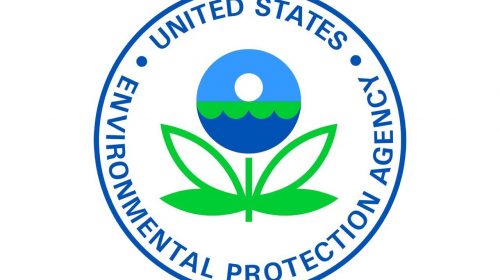Release of the Environmental Protection Agency and Department of Army Navigable Waters Protection Rule (NWPR) spotlighted Clean Water Act (CWA) permitting requirements that constrain land use, limit property rights, and drive up business or consumer costs. Indeed, preliminary estimates suggest NWPR adoption yielding upward of $500 million in permit streamlining and related savings annually.
The rule was officially unveiled last month during the National Association of Home Builders International Builders’ Show, Las Vegas, an event rooted in the American Dream. As we see in this month’s Government Affairs (“Deregulation floodgates serve up definitive waters rule,” page 10), EPA Administrator Andrew Wheeler framed NWPR around a brand of federalism familiar to White House observers: “After decades of landowners relying on expensive attorneys to determine what water on their land may or may not fall under federal regulations, our Navigable Waters Protection Rule strikes the proper balance between Washington and the states in managing land and resources.”
Concrete and aggregate interests tracking the NWPR were confident that it would best a 2015 “Waters of the United States” definition that emerged as one of the most contentious EPA actions under President Barack Obama. Sunsetting that definition, NWPR rationalizes permitting requirements for concrete producers, their suppliers and customers, along with businesses and industries across the economy. National Ready Mixed Concrete Association Compliance & Operations staff cites a positive impact for members, as NWPR maintains a status quo of disallowing process water and non-permitted stormwater releases into CWA-protected bodies, and clearly indicates how concrete plant water accumulations are not subject to the rule.
EPA and Army officials characterize “Waters of the United States” as a foundational term establishing CWA’s jurisdictional scope. NWPR affords states, the regulated community and public with clarity and regulatory certainty, they contend, adding: The final rule is not correcting a market failure; instead, EPA and the Army are promulgating it to better align the “Waters of the United States” regulatory definition with “the agencies’ authority under the CWA as informed by the U.S. Constitution and Supreme Court guidance.”
An economic analysis accompanying the NWPR draws insights from clean water related state permitting requirements, and ponders benefits from the rule’s jurisdictional changes. Water management strategies will differ from state to state, EPA and Army analysts note, but reflect added efficiencies gained from a state level versus national program; potentially superior information about local conditions that allow prioritization of conservation and pollution control measures; and, resident-preferred policies.
NWPR arrives nearly two years after President Trump’s Executive Order Restoring the Rule of Law, Federalism, and Economic Growth by Reviewing the “Waters of the United States” Rule, stating: “It is in the national interest to ensure the Nation’s navigable waters are kept free from pollution, while at the same time promoting economic growth, minimizing regulatory uncertainty, and showing due regard for the roles of the Congress and the States under the Constitution.” The order directed the EPA Administrator and Assistant Secretary of the Army for Civil Works to rescind “Clean Water Rule: Definition of ‘Waters of the United States,’” and consider interpreting the term “navigable waters” in the process of penning a replacement.
NWPR is concurrent with a proposed National Environmental Policy Act (NEPA) streamlining, also noted in this month’s Government Affairs (page 8). NWPR and a revised NEPA stand to empower states at the expense of Washington, D.C. agencies, bureaucrats, consultants and lawyers. A slowly draining swamp sends productive ripples across the economy.
